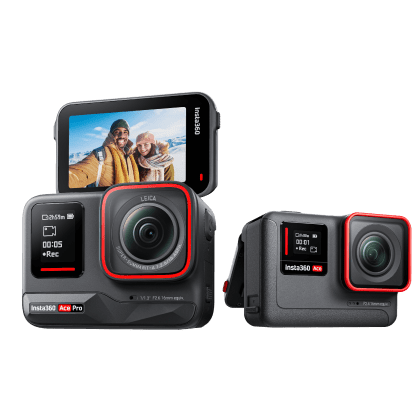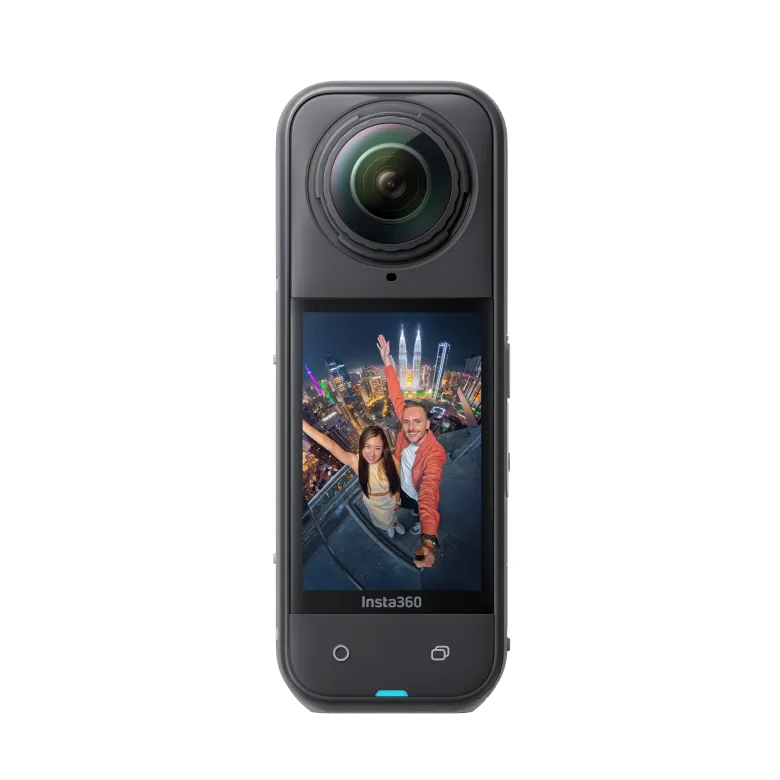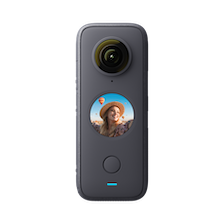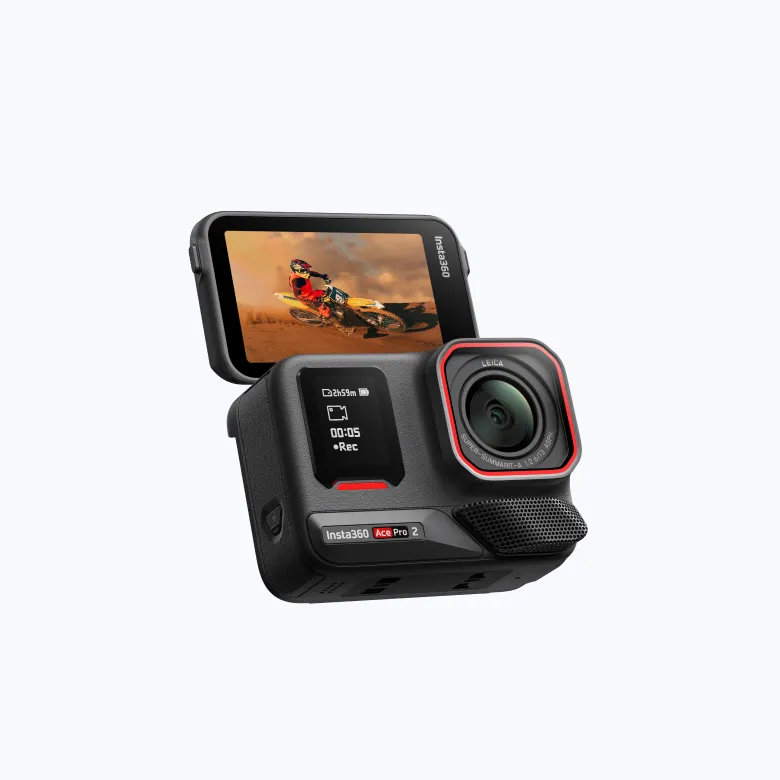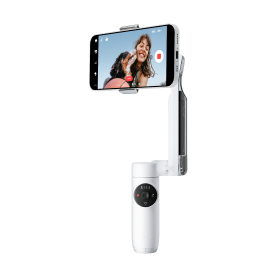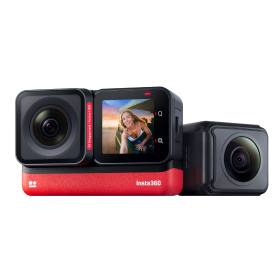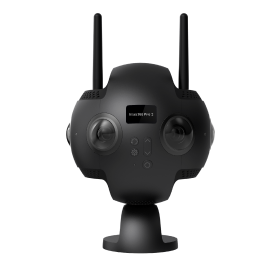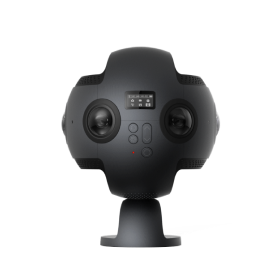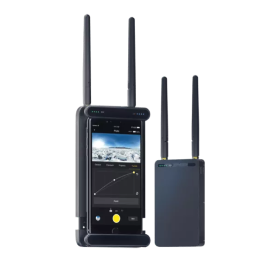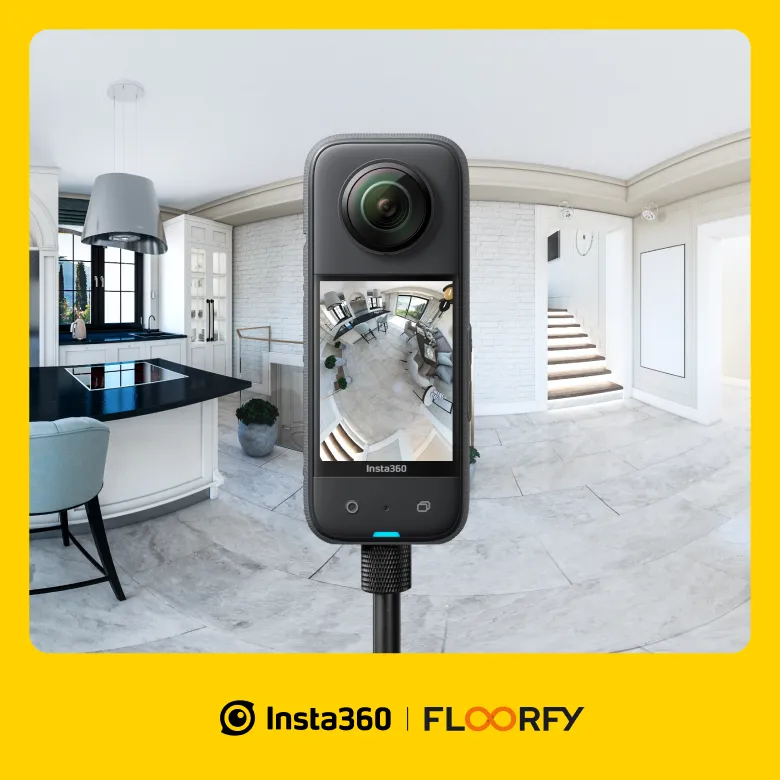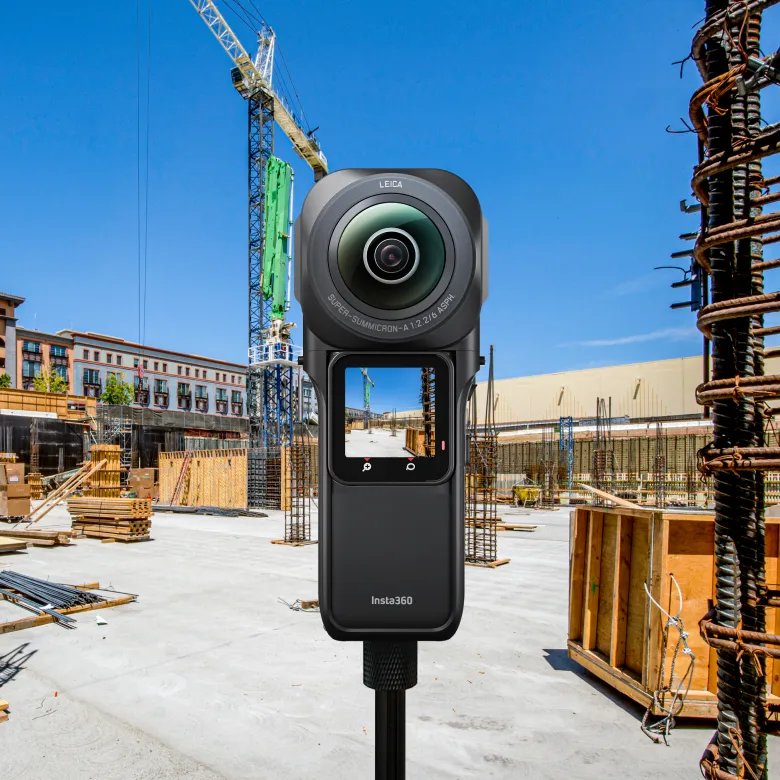The Future of 360 Cameras: How They Work, Best Uses, Innovations, and More

360 cameras have become a game-changer in the world of photography and videography. These devices offer an entirely new way to capture the world around you. With the rise of social media platforms, immersive experiences, and virtual reality, 360 video has gained immense popularity. But how do 360 camera work, and what makes them so special? Let’s take a deep dive into the future of these cameras and explore how they work their best uses, as well as the exciting innovations that are shaping the future of 360 videos.
What are 360 Cameras, and Why are They Gaining Popularity?
A 360 camera is a video camera capable of capturing a full 360-degree field of view, recording both horizontally and vertically around the camera. Unlike traditional camera that focus on a single perspective, a 360 camera records everything in its surroundings, allowing viewers to experience the content in an immersive manner. They automatically eliminate the selfie stick, making it appear as if a drone is following you. These cameras usually use multiple lenses to capture footage from all angles, which is then stitched together to create a spherical video.
The increasing popularity of 360 cameras can be attributed to the demand for more immersive and interactive content. In a world where people crave new and engaging experiences, 360 video offers an exciting alternative to conventional video formats. With platforms like YouTube, Facebook, and Instagram supporting 360 videos, it has never been easier for content creators to share immersive footage with a global audience.
How Do 360 Cameras Capture Videos?
360 cameras typically use multiple lenses placed around the camera to capture footage from all directions. These lenses record everything from the front, back, sides, and even above and below the camera. The captured video streams from each lens are then stitched together using advanced software, creating a seamless 360-degree video. This process allows the viewer to pan and tilt the video, providing an all-encompassing experience.
The stitching software is crucial in creating a smooth and uninterrupted video experience. The more lenses a 360 camera has, the better it can stitch the footage together without any visible seams. Modern 360 cameras like the Insta360 are equipped with advanced stitching technology, producing high-quality videos that look polished and professional.
What Can 360 Cameras Be Used For?
360 cameras are incredibly versatile and can be used in a variety of ways. Here are some of the best uses of 360 cameras:
Social Media and Vlogging
One of the most popular uses of 360 cameras in Pakistan is for creating social media content, particularly for vlogging. Vlogging cameras with 360 capabilities allow creators to capture immersive and engaging content. Whether you’re travelling, attending an event, or exploring new places, a 360 camera gives your audience the freedom to choose their perspective and experience your content in a way that feels more personal and interactive.
Platforms like YouTube, Facebook, and Instagram now support 360 videos, enabling vloggers and influencers to create content that stands out. By integrating a 360 camera into their vlogging setup, creators can elevate their content and engage with their audience more dynamically.
Virtual Tours for Real Estate and Tourism
Another significant use of 360 cameras is for creating virtual tours. In the real estate industry, virtual property tours allow potential buyers to explore homes and apartments remotely. With 360 video footage, real estate agents can offer immersive virtual walkthroughs that give clients a realistic sense of the space without having to be physically present.
In the tourism industry, 360 cameras are used to create virtual travel experiences. These tours allow people to explore exotic destinations and attractions from the comfort of their homes, making them feel like they’re actually there. The immersive experience provided by 360 video is invaluable for both tourism marketing and customer engagement.
Live Streaming and Event Coverage
Live streaming is another area where 360 camera shine. Whether it’s a concert, a sports event, or a conference, 360 camera offer a unique way to broadcast events. Instead of just capturing a single angle, 360 video allows viewers to explore the event from every possible angle. With the rise of virtual reality, many events are now being streamed in 360 video to create a more interactive and engaging experience for the audience.
Platforms like YouTube and Facebook offer live 360 streaming capabilities, allowing event organizers to connect with their audience in new ways. Whether you’re streaming a live concert or a conference, using a 360 camera can make the experience far more immersive.
VR Content for Gaming and Training Simulations
360 cameras are also an essential part of creating content for virtual reality (VR). In VR gaming, the use of 360 videos can create a truly immersive environment where players can look around and explore their surroundings as if they were inside the game. 360 cameras are used to capture real-world environments that are later incorporated into VR games, providing a hyper-realistic experience for users.
Moreover, 360 videos are also being utilized in training simulations. For industries like aviation, military, and healthcare, 360 video offers a way to create real-world training scenarios that are both realistic and interactive. With 360 cameras, trainees can immerse themselves in lifelike simulations, improving their skills and decision-making abilities.
What is the Future of 360 Cameras?
The future of 360 cameras is bright as the technology continues to evolve and improve. With advancements in camera sensors, stitching algorithms, and virtual reality integration, 360 cameras are becoming more accessible, affordable, and user-friendly. We are also likely to see more applications in industries such as gaming, filmmaking, education, and even social media. As VR and AR (augmented reality) technologies continue to grow, 360 cameras will play a crucial role in creating content for these immersive platforms.
Moreover, as the demand for live streaming and interactive content increases, 360 video will continue to be an essential tool for content creators and event organizers. Whether it’s a 360 camera used for live streaming or an advanced vlogging camera, the future is looking incredibly exciting for those looking to capture immersive content.
Are 360 Cameras Worth It?
The question of whether 360 cameras are worth it depends on the intended use. Suppose you’re a content creator, vlogger, or someone interested in creating immersive videos for social media. In that case, 360 cameras are definitely worth considering. They provide a unique perspective that traditional cameras can’t replicate, and they offer new opportunities for creativity.
For businesses, 360 cameras can be an excellent investment for virtual tours, marketing content, and event coverage. In the realm of education and training, 360 video provides an effective and engaging way to teach and simulate real-world scenarios.
However, if you’re primarily focused on traditional photography or standard video shooting, a 360 camera might not be necessary. 360 cameras are specifically designed for immersive content, so they’re best suited for those who are interested in offering a new, more engaging experience.
How Do You Edit 360 Videos?
Editing 360 videos can be a bit more challenging than regular videos due to the spherical nature of the footage. However, with the right tools and software, the process becomes much easier. Many 360 camera come with editing software, such as Insta360 Studio, which allows users to cut, trim, and adjust their 360 videos.
Professional video editing software like Adobe Premiere Pro and Final Cut Pro also offer support for 360 video editing. These tools allow you to stitch footage, add effects, and make adjustments to the audio and visuals. While the editing process can be time-consuming, it’s crucial for creating polished, professional 360 videos.
What are the Disadvantages of 360 Cameras?
While 360 cameras offer many benefits, they do come with a few drawbacks. The most significant disadvantage is the learning curve involved in using the camera and editing the footage. 360 cameras require more advanced editing skills than traditional cameras, and the software may be overwhelming for beginners.
Another downside is the cost. High-quality 360 cameras, like those from Insta360, can be expensive, and there’s also the cost of the accessories, software, and storage needed to handle the large video files.
Lastly, 360 cameras are not always suitable for every type of content. For traditional video production, where you want a fixed or specific shot, a 360 camera can be overkill. It’s best suited for immersive, interactive content rather than standard, narrative-driven video.
Will 360 Cameras Replace Traditional Cameras?
While 360 camera offer a unique and immersive perspective, it’s unlikely that they will completely replace traditional camera. For most content creators and videographers, traditional cameras still hold a significant advantage in terms of control over composition, lighting, and framing.
However, 360 cameras are expected to complement traditional camera, offering a new tool for creators to explore. Instead of replacing traditional cameras, 360 camera will serve as an additional resource for content that requires a more dynamic, all-encompassing view.
Overview
The rise of 360 cameras is transforming the way we capture and consume content. With their ability to record immersive, panoramic videos, 360 cameras are opening up new creative possibilities in fields like vlogging, real estate, tourism, and live streaming. As the technology continues to improve, we can expect even more exciting innovations to enhance the capabilities of these powerful devices. Whether you’re a content creator, a business, or a hobbyist, cameras are definitely worth exploring.
FAQs
A 360 camera is great for capturing immersive and interactive content. It’s ideal for vlogging, live streaming, creating 360 videos, and virtual tours, allowing viewers to explore the content from every angle.
The Insta360 X4 is one of the best options. It is known for its high-quality 360 videos and advanced stitching technology, making it a popular choice for content creators and live streamers.
Many cameras, like the X4, AcePro 2 are designed to be water resistant, making them suitable for outdoor adventures and shooting in challenging environments. Always check the specific model for its waterproof rating.
Best X3 Camera Products
The Insta360 X3 is a compact and versatile 360-degree camera that captures immersive photos and videos. With 5.7K resolution, FlowState stabilization, and AI editing tools,
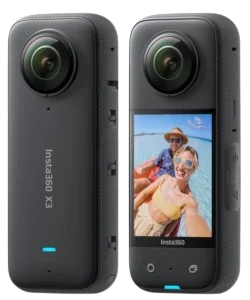
Best Ace & Ace Pro Camera Products
The Insta360 X3 is a compact and versatile 360-degree camera that captures immersive photos and videos. With 5.7K resolution, FlowState stabilization, and AI editing tools,
